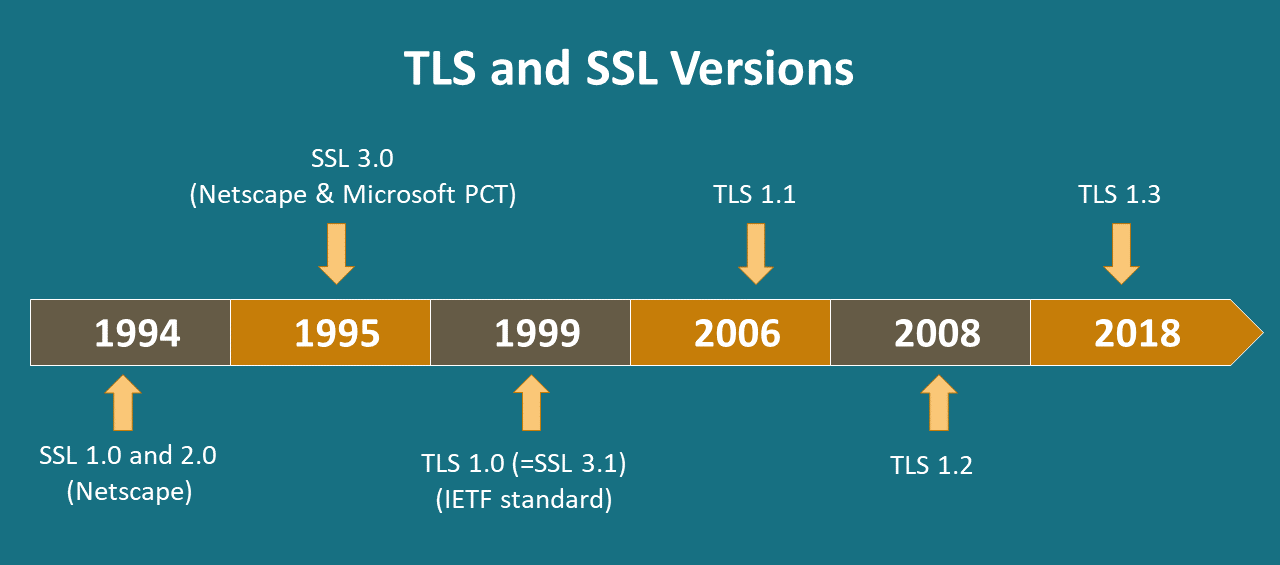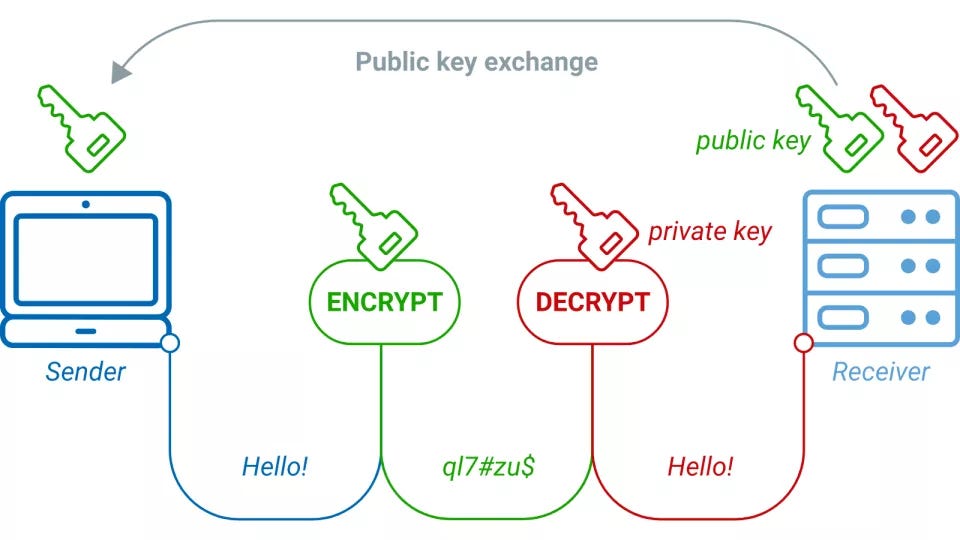What's SSL/TLS?
SSL (Secure Socket Layer) is internet communication encryption developed by Netscape in 1994 for purpose of privacy, data integrity and authentication.
TLS (Transport Layer Security) is successor of SSL purpose by IETF (Internet Engineering Task Force) in 1999

Different between SSL and TLS
TLS developed on top of SSL. The TLS 1.0 purpose to replaced SSL 3.1. The renaming to TLS 1.0 to indeicates there are no relations to Netscape
Because of this history, the terms TLS and SSL are sometimes used interchangeably. The latest version is TLS 1.3 and Google Chrome set default protocol to TLS 1.3 since Chrome v.70
How does TLS work?
TLS has combination both symmetric and asymmetric cryptography as this provides a good compromise between performance and security when transmitting data securely.
With symmetric cryptography, data is encrypted and decrypted with a secret key known to both sender and recipient. Symmetric cryptography is efficient in terms of computation, but having a common secret key means it needs to be shared in a secure manner.
Asymmetric cryptography uses key pairs – a public key, and a private key. The public key is mathematically related to the private key, but given sufficient key length, it is computationally impractical to derive the private key from the public key. This allows the public key of the recipient to be used by the sender to encrypt the data they wish to send to them, but that data can only be decrypted with the private key of the recipient.

Different between HTTPS and TLS
HTTPS (HyperText Transfer Protocol Secure) is protocol deveop on top of HTTP with TLS applied for privacy communication
What does TLS may applied?
TLS is normally implemented on top of TCP in order to encrypt Application Layer protocols such as HTTP -> HTTPS, FTP -> FTPs, SMTP -> SMTPS and IMAP -> IMAPS, although it can also be implemented on UDP, DCCP and SCTP as well (e.g. for VPN and SIP-based application uses). This is known as Datagram Transport Layer Security (DTLS).







